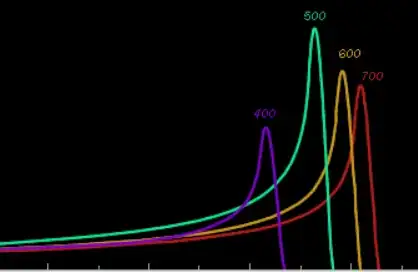What I have understood is that in rainbow the red is the outermost side because it can come out of waterdrop at 42.4 degree and blue is in the innermost side of the rainbow because it comes out at <42.4 degree. Now, red light comes out any angle smaller than 42.4 degree. Wouldn't that mean that violet light will have some mixture of other light of lower frequencies ? and we won't see pure violet. This mixture of lower frequency of light and their effect are not explained in the textbooks it seems.
2 Answers
You are correct; Only the red is pure, and all the other colours will have a bit of the outer colours mixing into them. You are also correct that the standard textbook treatments and video treatments of the subject tends to omit needful things like these here and there.
The reason why the rainbow still presents to the human eye as the expected single-colour hues, is actually due to a little-known fact that there will be an intensity spike right at the threshold angle. Take a look at the plots in this figure:

You can see the large intensity spikes; it is that these intensity spikes drown out the mixture of outer colours, so that then the human eye will see the dominant single-colour hues as opposed to the mixtures getting towards white light.
In this wonderful answer by Emilio Pisanty, you can see that you can explain the sharp spike in intensity even just using geometrical optics: there is a caustic, such that many geometrical rays bunch up at the threshold angle. Of course, to be even more precise, we will have to abandon geometric optics and instead use waves, but this is already plentifully informative. Thanks for Michael Siefert for pointing this out in a comment to OP's question right above, here in this question.
For many other aspects of rainbows, please watch the incredibly enjoyable MIT OCW 8.02 Lewin lecture 31, which is entirely devoted to rainbows.
- 14,919
There isn't a one-to-one mapping between the wavelength of light and the colors we perceive. From this blog
The colours seen are not a pure spectrum, there is some mixing and blurring of the colours. The human eye can pick out many hues, a popular idea is to think of a rainbow as having seven colours, red, orange, yellow, green, blue, indigo and violet (ROYGBIV).
I know this isn't a satisfying answer, but I suggest you start looking at how the human eye works.
This is a little bit off topic, but there is an interesting video about color perception in jumping spiders by Veritasium.
- 25,615